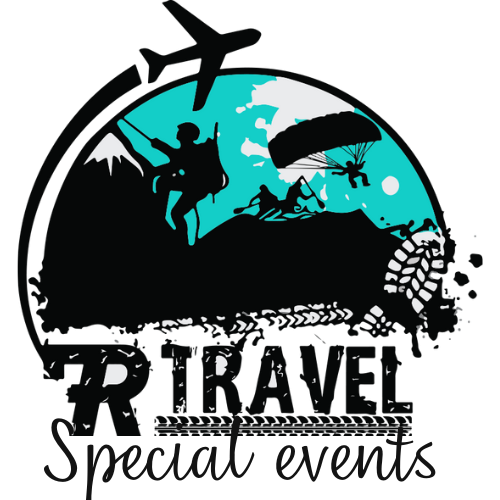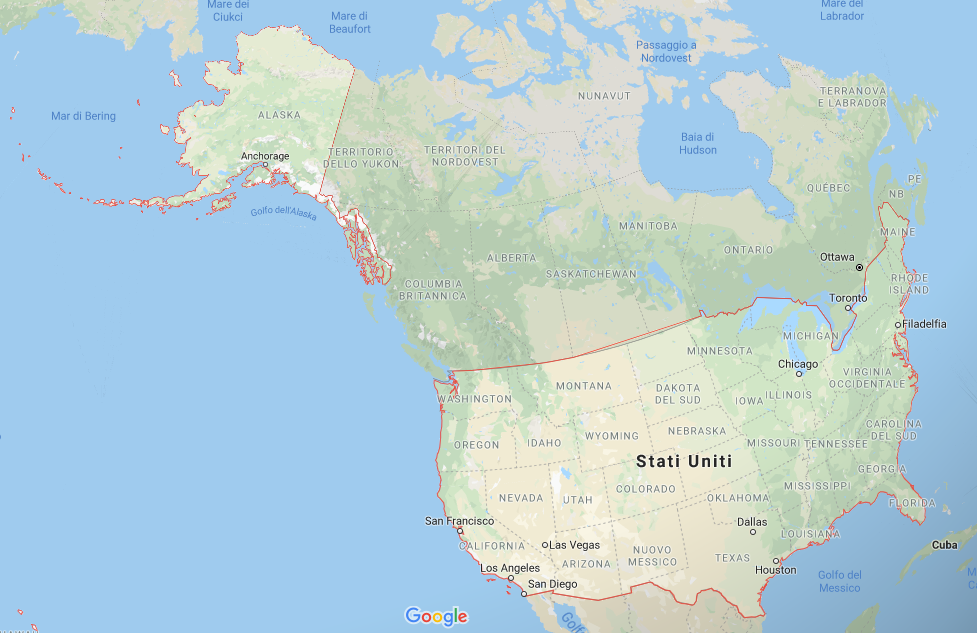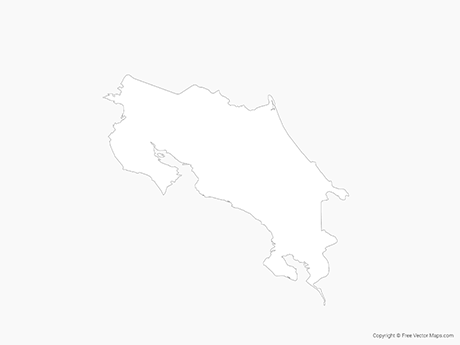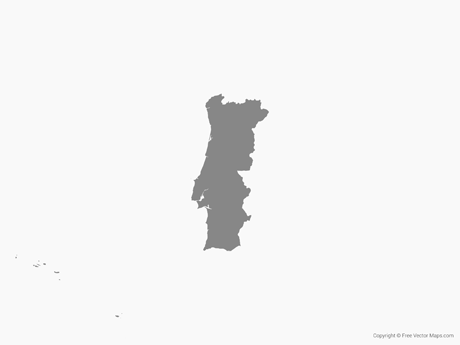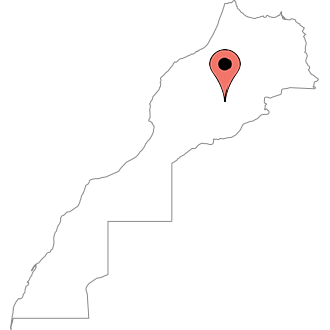Surfing, Windsurfing, Kitesurfing, Stand Up Paddle (SUP)
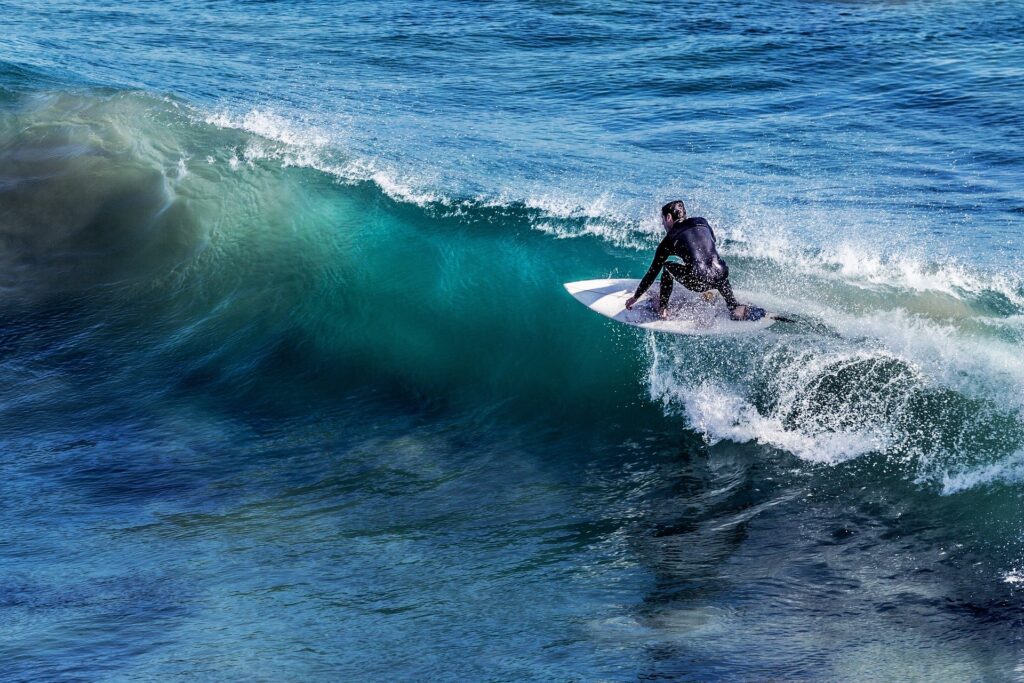
Surf, Windsurf, Kitesurf, Stand Up Paddle (SUP) are variants of the same sport, or rather, of the same philosophy of life.
«The waves come from you never know where, they materialize on the coast and break quickly, disappearing into thin air. Chasing these mirages is a complete waste of time, and that’s what I’ve decided to do with my life» (Dennis Aaberg – co-writer of the movie “Big Wednesday”).
HOW IT WORKS
Surfing consists of riding waves with a specific board, doing maneuvers and acrobatics, sliding on the wall of the wave itself. It’s an activity for those who love the open sea.
Currently the most widespread form of surfing is practiced with the shortboard (see below ‘Recommended clothing and equipment’) but there are other ways to surf: bodyboarding (with a small board, about 1 meter long, and flexible with which to face the wave from lying down or kneeling), skimboarding (you enter the water by taking a run from the shoreline and tackle the final part of the wave), tow-in surfing (it’s similar to water skiing; you are pulled by a boat or a personal water craft and, once you have reached the necessary speed, you come off and surf the wave).
There are other variants, which use different equipment:
Windsurfing allows you to ride waves, even large waves, with a light and easy-to-handle sail that uses the force of the wind to propel the board. Windsurfing allows you to sail with minimal wind or races with the strongest wind, making this sport very fun and adrenaline-pumping.
Kitesurfing is always practiced with the use of a board that slides on the surface of the water thanks to the help of a large sail that uses the wind and which must be driven to impart direction.
Stand Up Paddle (SUP or Paddle Surf), or paddled standing surf, is practiced standing up on a board by moving and directing it with the help of a paddle.
WHEN and WHERE to GO
Surfing is notoriously a summer thing: sun, dark glasses, girls in bikinis and beach life. Instead … the surfer spends the summer staring at the swimmers who crowd the beaches and the flat sea. In short, nothing interesting. Surfing is a winter thing, made of wind that lashes the cheeks, of cold water, of numb ears and feet bruised by the cold.
But don’t worry, there are spots, even in heat locations, all year round 😉
Here are the current 10 worldwide surf reserves, protected by World Surfing Reserves, an organization that aims to proactively identify, designate and preserve waves, surf zones and surrounding environments around the world.
1) Malibu California, USA
Surfrider Beach in Malibu and the surrounding area are part of an ecosystem that includes Malibu Creek and the Lagoon where perfect waves originate. The whole area is rich in flora and fauna.
2) Ericeira, Portugal
Ericeira is currently the only reserve in Europe. In just 4 km of coastline it includes 7 exceptional surf spots including Ribeira d’Ilhas and Coxos. Its waters are among the richest in biodiversity in the world. Furthermore, inland there are sites of exceptional cultural interest. The best time to surf in Ericeita is from October to May.
3) Manly Beach, Australia
Recognized as the birthplace of surfing in Australia, the reserve includes Freshwater Beach and all of Manly – from Queenscliff to North Steyne to Manly and Fairy Bower.
4) Santa Cruz, California, USA
It’s a marine protected area, home to sea otters, seals, lions and sea birds. You can spot whales and white sharks. Here you will find spots for all levels, from beginners to experts.
5) Huanchaco, Peru
It’s known as the cradle of Peru’s “caballito de totora”, one of the first surf boats known to mankind used to sail the waves for both business and pleasure. The best time to surf in Huanchaco is from April to October.
6) Bahia de Todos Santos, Baja, Mexico
Its main feature is the high quality of the waves that this reserve offers, particularly in Salsipuedes, San Miguel, 3M’s, Stacks and the great Killers wave spot on Isla Todos Santos. Thanks to an excellent exposure that allows you to benefit from both the swells coming from the north and from the south, Bahia de Todos Santos has surfable waves all year round.
7) Punta de Lobos, Chile
Punta de Lobos is part of a global biodiversity hotspot, boasting incredible marine and land resources. Moving away from the Humboldt current brings nutrient-rich cold water into the area, which attracts a variety of species such as sperm whales, killer whales, common sea lions, sea turtles, penguins, cormorants, gulls, pelicans and many more.
8) Gold Coast, Australia
Depending on the season, the three Gold Cost spots (Snapper Rocks, Rainbow, Greenmount Point) can join in a single long wave (from February to July) or remain separate (from August to January). Here is also the best wave on earth that offers the longest tubes on the planet: Kirra point.
9) Guarda do Embaú, Brazil
Its waves break constantly all year round. This point offers a world-class wave combination in a pristine coastal environment. The best months are during the rainy season (summer and part of autumn), but the waves actually come all year round.
10) Noosa Queensland, Australia
The five points of Noosa on rock and sand offer a variety of waves suitable for all levels, from beginners to experts.
In this area you will find surfable waves all year round, which decrease slightly only in late winter and early spring.
As a curiosity we also report one of the very few places in the world that allow you to surf river waves: the Amazon River. Thanks to the attraction that the moon exerts on the Atlantic Ocean, on rare occasions it “hosts” waves that are even higher and more lasting than those of the sea.
ADRENALINE/7R
40 – 90%
is the minimum amount of DRD4-7R adventure gene that we think you should have to do this activity.
Take the test to find out how much% of 7R you have in your DNA.
DOCUMENTS AND REQUIREMENTS
Surfing, windsurfing and kitesurfing must be practiced with the right attention, endorsing a gradual approach. We therefore recommend starting with a course, managed by specialized personnel, who will help you practice it in the right safety standards.
In addition, it’s good to inquire about the characteristics of the spot where you will be surfing and have adequate equipment to be able to practice it safely.
Both for surfing, windsurfing and kitesurfing, it’s good to have a good physical shape, a good resistance, the muscles well trained and without problems, the lungs discreetly trained.
Stand Up Paddle does not require enormous physical effort but a large dose of balance which, however, can be easily acquired thanks to practice and with the addition of some lessons. Once you have learned the right balance you can in fact leave for real crossings, always paying attention to safety, in the open sea.
RECOMMENDED CLOTHING and EQUIPMENT
There are dozens of boards of different sizes and materials available on the market. The board that best suits your needs depends on your height and weight, as well as on the sport you want to practice.
For a surf practitioner a large board is recommended, which will guarantee greater stability, and with not too pointed ends. The more experienced surfers will instead prefer shortboards that allow greater control in the evolutions.
We also recommend the use of special foot protectors which, in addition to ensuring a better grip with the board, will protect your feet in the event of a fall.
The windsurfing equipment includes a board, the sail, governed directly by the surfer’s hands through a boom, which is the horizontal support. There is also a fin and in some cases the keel and a trapezoid, that is a system that allows you to unload part of the weight of the sail and consists of a kind of band, with a hook, that surrounds the pelvis.
To practice kitesurfing you need a board and a sail called kite, which can be of various types and sizes according to the person and the strength of the wind.
Stand Up Paddle is practiced using a voluminous board, much larger than the surf one, to allow greater balance, and, above all, a paddle is necessary.
As for clothing for all disciplines, a swimsuit will be enough for the warmer months, while in any other season it is preferable to wear a wetsuit.
